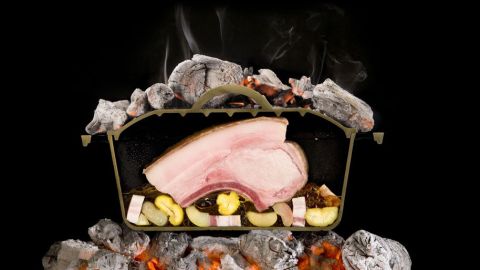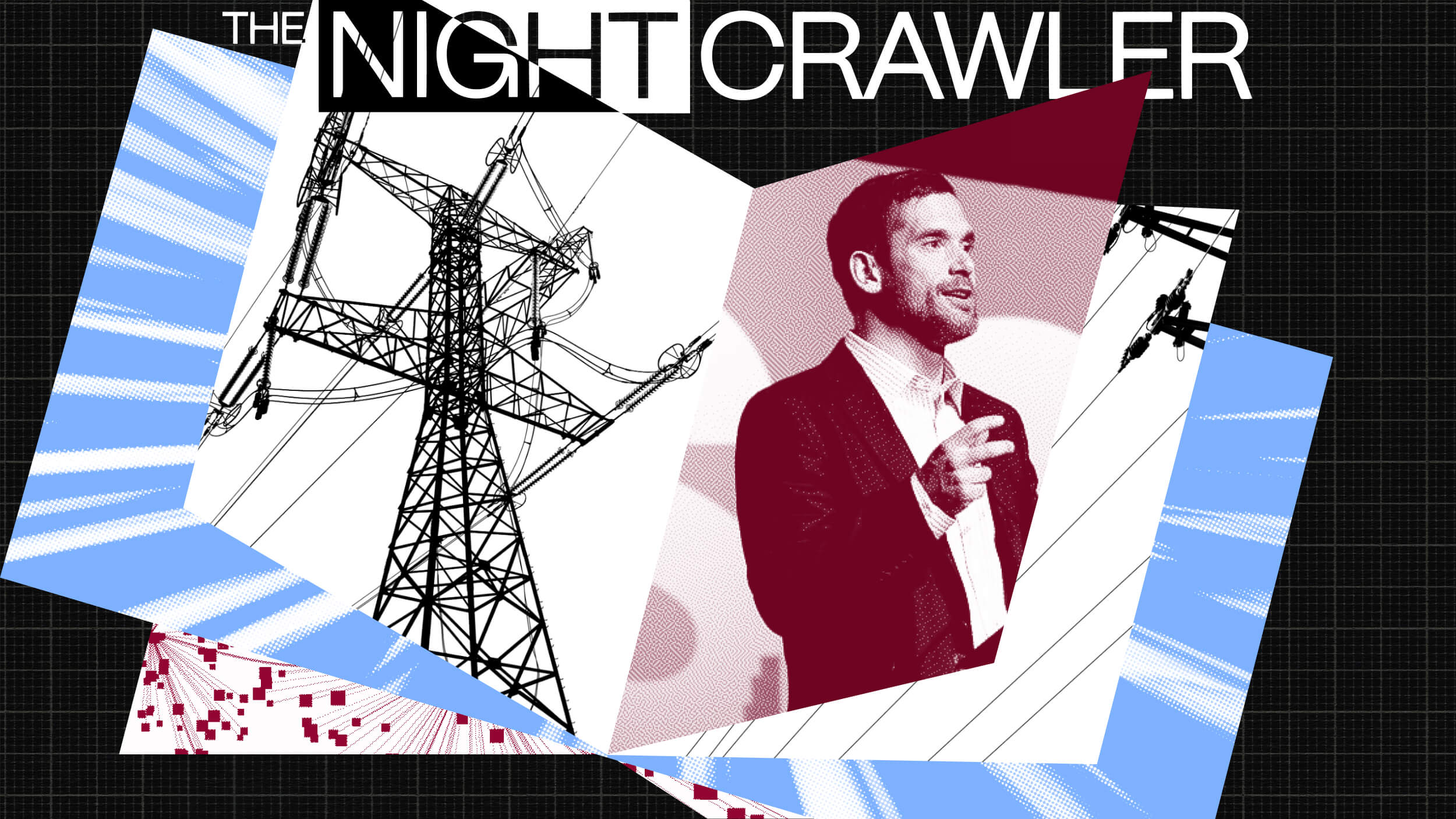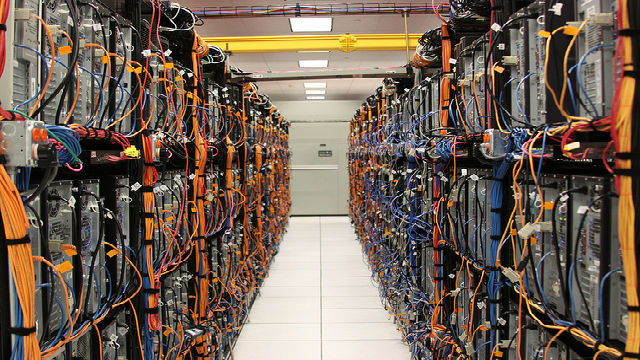Can a $625 Cookbook Change the Way We Eat?

What’s the Big Idea?
The title of Nathan Mhyrvold‘s Modernist Cuisine, a 40-lb. compendium of food history and philosophy, is meant to evoke the radicalism of 20th-century artists like Picasso and Pound, whose motto was “make it new.” In the last 10 or 15 years, says Mhrvold, a small group of scientists and chefs have been breaking with the culinary rules of the past to forge an original cuisine that deserves recognition as its own movement.
Mhyrvold’s goal: to explain the theory and process behind experimental modernist techniques–searing with a blowtorch rather than broiling; vacuum-sealing and slow-boiling rather than roasting; and yes, the use of foam–in a format that is accessible to both devotees and casual cooks.
The book’s premise is bold, with a forward proclaiming that traditional cuisine is “a convenient fiction,” and the inclusion of deconstructions of well-loved regional recipes (think curry, barbeque, or anything you have to ask your mother how to make) meant to challenge our sentimental attachments to old habits. But the biggest problem may be getting your hands on it. Can a cookbook that costs this much truly ignite a change in the way we eat?
Modernist Cuisine is pricy, Mhyrvold says, because it needs to be. “The world is used to extremely cheap books and that’s cheap in many senses of the word. They’re less expensive, but they often have crappy paper and not so many photos and not so beautiful printing. I have no competitive advantage over that.”
Instead, his team took on lavish and formidable projects–like cutting a traditional oven in half to capture a photograph of what meat looks like when its braising–with the intention of producing an object of lasting value, something that people save up for (he suggests forgoing a few dinners out) rather than a book-of-the-month club selection.
This strategy sounds counterintuitive in a consumer-driven economy, but it has already struck a chord. A first printing of 6,000 copies, shipped to bookstores in March of this year, has sold out, and the book is already in its second run, this time with a release of 25,000 copies. The waiting list at the Seattle Public library is over ten years long. Bloggers are putting out calls to borrow a copy via Twitter. And the frenzy seems to have intensified precisely because of the arcane nature of the product.
What’s the Significance?
Not surprisingly, Myhrvold identifies more with Harold McGee than with Jamie Oliver. McGee’s 680-page manual On Food & Cooking: The Science & Lore of the Kitchen became a Biblical text for foodies when it was published in 1984. It wasn’t an overnight sensation, but McGee’s emphasis on understanding the chemistry behind cooking slowly percolated into conventional wisdom, finally making its way to cable television via Food Network’s Alton Brown.
“His book and a variety of others took chefs and home cooks through the process of understanding that science was relevant to them. He got into the science thing in a deeper way than people had before, and that allowed us to really understand what was going on in a way that other people just hadn’t identified.” The lesson: whether or not a trend will end up shaping mainstream culture can only be measured over decades, not days or weeks.





